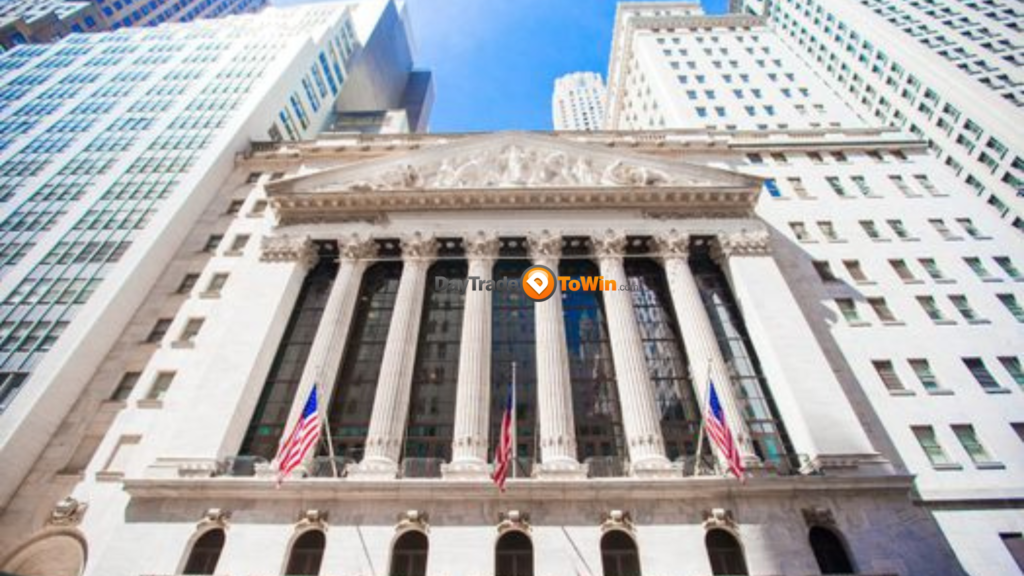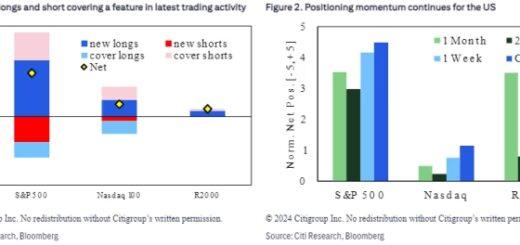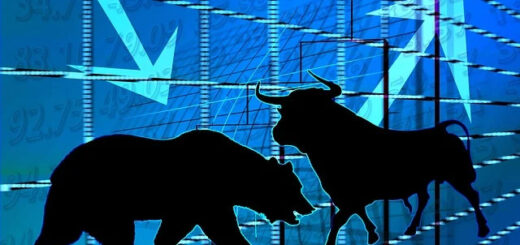S&P 500 and Vix Rally: Is Investor Confidence Fading in 2024?
The recent surge in the Vix likely reflects its tendency to revert to its mean, rather than indicating an impending market downturn, as suggested by a portfolio manager.
In a departure from the norm, both the S&P 500 and the Cboe Volatility Index, commonly known as the Vix, have experienced gains this quarter in the stock market.
But does this signal an end to the unusually calm market conditions of late? Probably not, according to insights from Barbara Reinhard, the chief investment officer of Voya Investment Management’s multi-asset strategies and solutions platform. Reinhard suggests that the recent uptick in the Vix from its four-year low in December is likely due to the natural tendency of implied volatility to return to its average.
Contrary to the notion that nervous investors are preparing for a market crash, Reinhard argues that feedback from fellow financial professionals doesn’t support this idea. She notes that the Vix, often called Wall Street’s “fear gauge,” remains historically low.

While the Vix has increased by 4.3% since the beginning of the quarter, reaching 12.98, it’s worth noting that its long-term average is around 20, according to FactSet data.
Reinhard emphasizes the cyclical nature of the Vix, stating in an interview with MarketWatch, “If the Vix is low like it is now, it is more likely to rise over the medium term. But then again, it can remain low for years, as it did between 2012 and 2015.”
Meanwhile, the S&P 500 seems poised to achieve a 10% gain this quarter, reaching record highs on Thursday for the 22nd time this year. Despite this, the concurrent rise of the Vix amid relatively stable market conditions adds to the peculiarity of the current situation.
Although instances of both indexes rising simultaneously have occurred in recent years, previous occurrences often saw a brief retreat in the S&P 500 along the way.
The most recent instance was in the third quarter of 2021, when the S&P 500 saw a marginal rise of 0.2%, juxtaposed with a significant 46% surge in the Vix. This surge largely occurred in September as the S&P 500 recorded its most substantial monthly decline since March 2020, driven by concerns surrounding the spread of the COVID-19 delta variant.
Before that, the Vix rose alongside the index during the second and third quarters of 2019, prompted by the Trump administration’s trade tensions with China, which triggered brief selloffs in the S&P 500.
The current streak of more than 100 trading days without a 2% pullback in the S&P 500, the longest in about six years according to Bespoke Investment Group, further underscores the current market’s resilience.
However, it’s essential to note that while the Vix and S&P 500 typically exhibit a strong negative correlation, this relationship isn’t immutable.
The Vix serves as an indicator of implied volatility, reflecting traders’ expectations regarding market volatility in the upcoming month rather than the present volatility levels. Its value is derived from activity in S&P 500 options.




